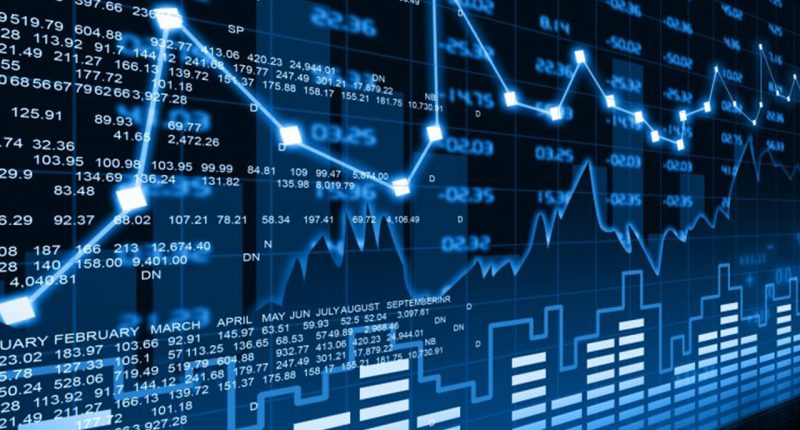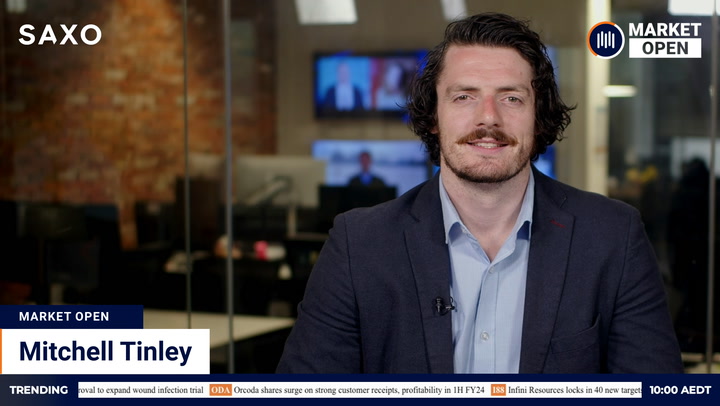A sharp retreat on Wall Street points to a challenging start to the Australian trading week as an upsurge in coronavirus infections muddies the run-in to the end of the financial year.
The local market looks set to unwind Friday’s gains as investors weigh optimism over reopening the economy against outbreaks in several parts of the globe. Australian index futures sank 91 points or 1.6 per cent after US stocks dropped to their lowest levels in around two weeks.
A weekend of grim headlines surrounding COVID-19 appeared to do little to improve the outlook. Victoria yesterday announced 49 new cases, the highest daily tally since April. The number of infections around the world reached 10 million as the US total passed 2.5 million.
Fears of a second shutdown sent the S&P 500 down 75 points or 2.42 per cent on Friday. The benchmark index closed below its 200-day moving average, an important indicator for long-term market momentum. The Dow shed 730 points or 2.84 per cent and the Nasdaq 260 points or 2.59 per cent.
The declines followed moves in Florida, Arizona and Texas to reimpose restrictions. Florida, which has set a new record almost daily since mid-June, ordered bars to stop serving alcohol. Texas reduced restaurant seating and told bars to close. The reversals came after health officials warned that the hospital system was under increasing pressure.
“Coronavirus cases are spiking and reopenings are being delayed, which at a minimum will impact earnings,” Tom Essaye, founder of The Sevens Report, told CNBC. “The resurgence in coronavirus cases is raising concerns that the rebound may be short-lived as voluntary or potentially more government-mandated economic shutdowns are becoming increasingly likely.”
Companies that would benefit most from reopening the economy declined. The S&P 1500 airlines index slumped 3.9 per cent. Cruise companies lost up to 5 per cent. Disney shed 2 per cent. Dow component company Nike dived 7.6 per cent after the sports clothing retailer surprised the market with a quarterly loss.
Bank stocks tumbled after the Federal Reserve banned share buybacks and capped third-quarter dividend payments following stress tests. The Fed said the trajectory of the economic recovery was uncertain and it would be prudent for banks to retain capital until the outlook improves. Dow components Goldman Sachs and JPMorgan Chase slumped 8.6 per cent and 5.5 per cent, respectively. Wells Fargo gave up 7.4 per cent and Bank of America 6.4 per cent.
A third point of concern for US investors was a report that the trade deal with China was once again under threat. The Wall Street Journal said China had indicated US pressure on Hong Kong and Taiwan jeopardised China continuing to purchase US goods under the terms of the Phase 1 deal.
Australian investors have two trading days left for tax-loss selling as the financial year draws to a close. While the week ahead brings reports on private-sector credit, manufacturing, building approvals, trade and retail sales, the market tone is likely to be set by the coronavirus and portfolio reshuffling as one financial year ends and a new one begins. The S&P/ASX 200 climbed 86 points or 1.5 per cent on Friday to trim its loss for the week to 38.5 points or 0.6 per cent.
Solid gains for BHP and Rio Tinto on Friday were not mirrored in overseas trade. BHP’s US-listed stock shed 1.76 per cent and its UK-listed stock 0.11 per cent. Rio Tinto sank 1.69 per cent in the US after inching up 0.07 per cent in the UK. The spot price for iron ore landed in China dipped 25 cents or 0.2 per cent to US$104.35 a dry ton.
Oil closed little changed despite the turmoil on Wall Street. Brent crude settled three cents or 0.1 per cent lower at US$41.02 a barrel. The energy sector fell 3.5 per cent.
Gold capped a winning week with another advance. Gold for August delivery settled $9.70 or 0.6 per cent ahead at US$1,780.30 an ounce. The precious metal settled on Tuesday at its highest level since October 2012.
Copper reached a five-month peak after the world’s biggest miner, Codelco, suspended some operations in Chile. Benchmark copper on the London Metal Exchange firmed 1.2 per cent to US$5,953.25 a tonne. Aluminium gained 2.3 per cent, nickel 2 per cent, lead 0.3 per cent and tin 1.5 per cent. Zinc gave up 0.6 per cent
The dollar started a new week 0.04 per cent weaker at 68.57 US cents.







